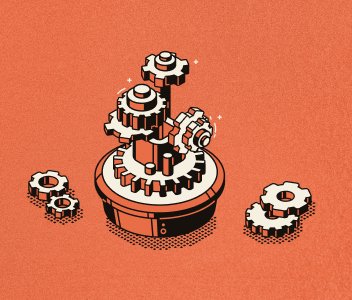Rater8 is a rating management system that helps physicians and entities build their reputation, grow their reviews, enhance patient satisfaction, and improve their medical practices. The system gathers third-party reviews from across the web and brings them in one centralized location.
Before Rater8 became a trusted review platform, it was a startup with basic functionality. As soon as the product received positive market feedback, the founder decided to implement new features.
However, during the development process, the end-users encountered issues with the system’s performance - and that’s where our story truly began.










